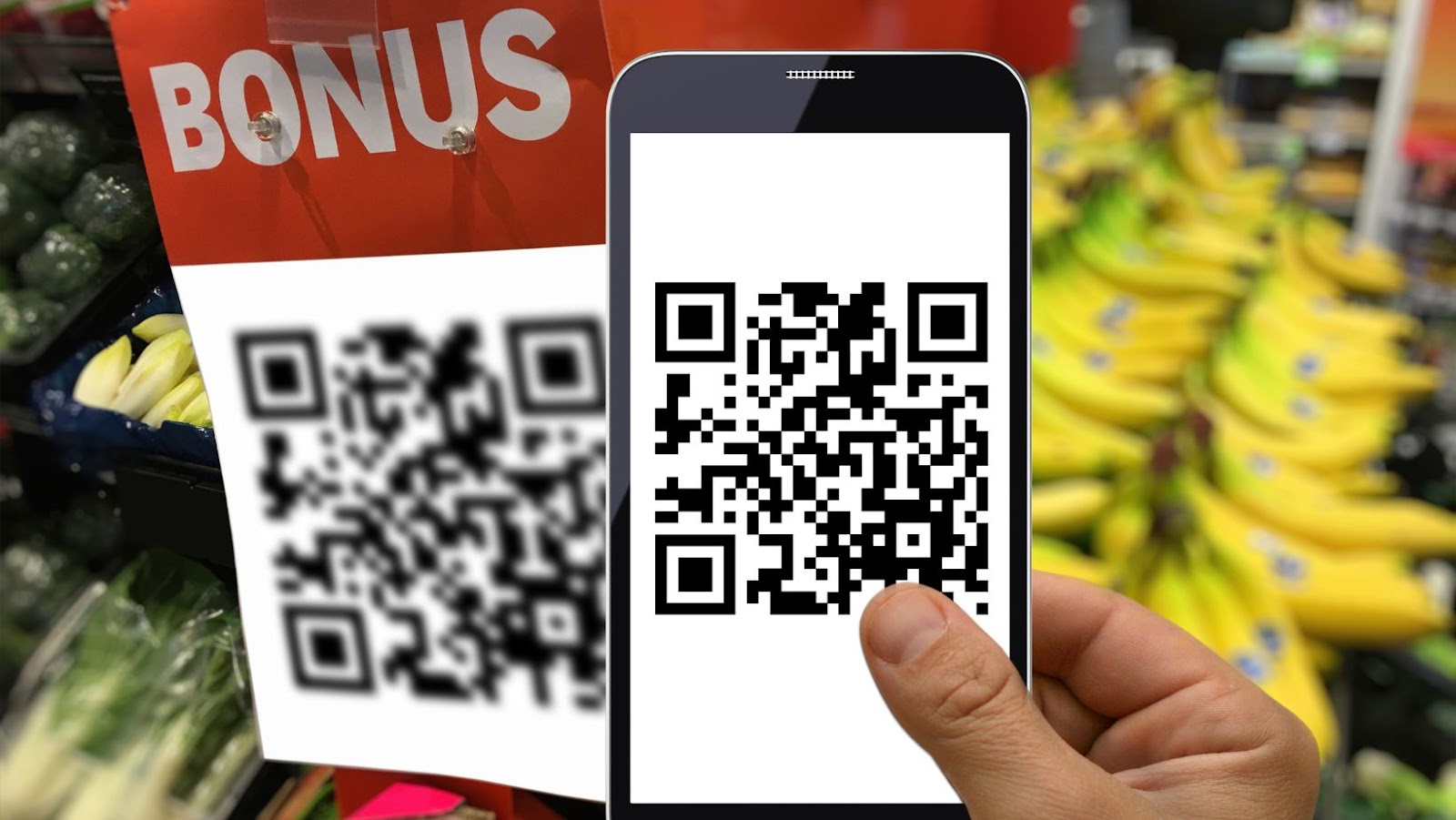QR codes, short for Quick Response codes, are two-dimensional barcodes. They exist as machine-readable optical labels consisting of an arrangement of dark squares on a white background. These codes possess the power to store a considerable amount of data, including web links, image files, or text. Scanning QR codes using a smart device’s camera displays the encoded information. For instance, upon scanning, someone might find themselves redirected to a company’s website, a promotional video, or a discount coupon.
Realizing the importance of QR codes in marketing’s new era serves to promote operational intelligence. QR codes tie in closely with a business’s digital strategy as they offer a seamless connection between offline and online marketing channels.
Given that about 81% of Americans own smartphones, QR codes provide an opportunity to reach a vast, tech-savvy audience. When customers scan a code, it not only makes interaction instant but can lead to further engagement through website visits, social media follows, or product purchases. For example, a restaurant might use a QR code linking to its online menu on its physical menus to reduce touchpoints amid COVID-19.
Furthermore, QR codes assist in tracking. Every scan corresponds to a customer interaction, allowing a company to record, analyze, and optimize their marketing efforts. A fashion retailer, running a billboard ad featuring a QR code, gains feedback about the ad’s effectiveness from the number of scans and subsequent website traffic the code generates.
 Delving into QR Code Marketing Campaigns
Delving into QR Code Marketing Campaigns
Digging deeper into the realm of QR code marketing campaigns exposes their fundamental workings and components that seal their success. Their innate potential lies within their unique ability to link offline and online channels, driving customer interaction and engagement.
QR code marketing campaigns operate on a simple yet highly effective principle. Once generated, a QR code represents a web link, promotional content or digital material that a business wants its audience to access. With 81% of Americans owning a smart device, QR codes become a direct gateway for these potential customers. By scanning the QR code using a smartphone, the stored information is instantly accessible. This access might lead to a product page, the company’s website, or a social media platform, immediately involving the customer in the business’s digital world. The unique codes serve not only as a catalyst for immediate customer interaction, but they also foster enhanced engagement, promoting website visits and media follows.
Essential elements determine the success of a QR code marketing campaign.
- Relevant Content: Contextual relevance is critical. For example, a QR code leading to summer clothes on a fashion brand’s website works best in a related print advertisement for summer wear.
- Clear Instructions: Instructions, such as “Scan to access exclusive deals”, guide users, increasing the interaction rate.
- Optimal Placement: Placement of the QR code, where it’s easily noticeable and accessible, proves essential. For instance, placing it in a highly visible area of a physical store or on a product’s packaging can drive more scans.
- Compatible Destination: The destination webpage or platform should be mobile-friendly, considering that a large portion of the audience will be accessing it via their smartphones.
- Traceability: QR codes allow for tracking of scans to gain valuable insights into customer behavior aiding marketing optimization.
By incorporating these components, a business can curate a highly efficient and engaging QR code marketing campaign that can effectively bridge the physical and digital marketing realms.
 Advantages of QR Code Marketing Campaigns
Advantages of QR Code Marketing Campaigns
Unveiling the pandora’s box of QR code marketing, one uncovers an array of advantages that rapidly ascending technology offers. From seamless user experience to advanced tracking mechanism, QR codes are pivotal in steering modern marketing strategies to new heights.
Empowering customers with user-friendly interfaces constitutes the core of efficacious marketing strategies. QR codes, inherently easy to use, fit this requirement impeccably. With a single scan from any smart device, the user gains instant access to the desired content. As an example, consider an exhibition visitor scanning a QR code to delve into details about a featured artwork. This immediate interaction, settlement in the comfort of their own devices, enhances customers’ engagement significantly to the favor of the business.
While QR codes are a boon for customers, they’re also a goldmine for marketers due to the advanced tracking capabilities that come bundled with them. Each scan of a QR Code serves as a valuable data point. Through these collected points, marketers gain insights about customer behavior and interactions, making them efficient tools for performance evaluation.
By amalgamating the ease for customers and advanced tracking for businesses, QR Code marketing campaigns, indeed, pave the path for a prospective future of digital marketing.